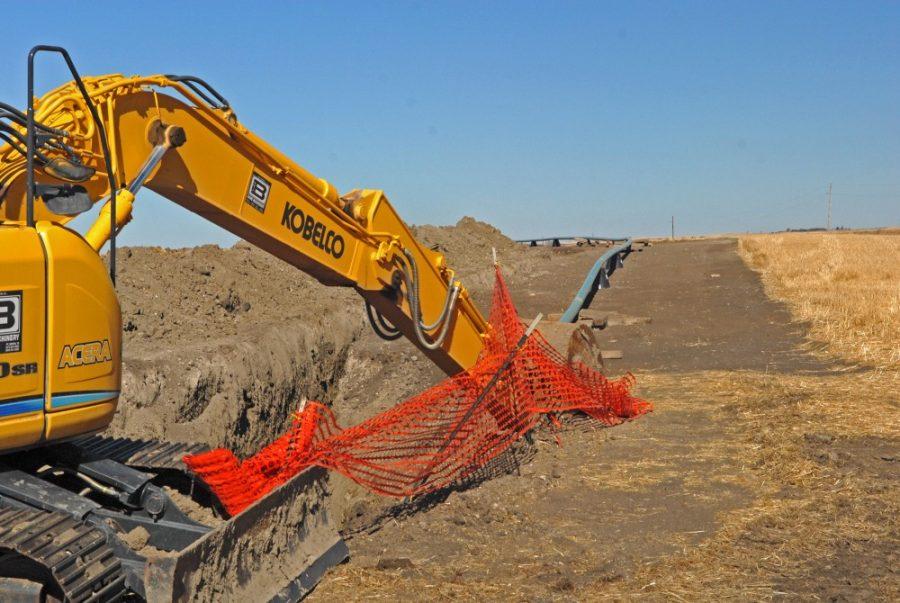The United States of America isn’t a stranger to racial prejudice and inequalities.
Ever since the birth of our country, no one group has ever received more empty promises and unfair deals than Native American people.
Fast forward to 2016, we see that history repeats itself again as businesses try to destroy tribal land by attempting to build an oil pipeline near North Dakota’s Lake Oahe. Excessive drilling and construction going on in tribal land is a huge disservice to Native American people and is harmful to the environment.
In 2006, the Parshall oil field was discovered, which led to an ongoing event called the North Dakota oil boom. This attracted businesses to drill around the area, disturbing the peaceful state.
But these new drilling activities did bring in huge revenue for North Dakota.
According to the U.S. Energy Information Administration, North Dakota’s real GDP per capita in the year 2001 was approximately $34,000, while the United States as a whole was at $40,000.
In 2012, North Dakota attained a real GDP per capita of approximately $56,000, while the country had a national average of approximately $43,000.
In order to improve oil transportation efficiency, the pipeline’s construction began. The pipeline will carry the harvested oil from North Dakota fields all the way to Illinois.
RELATED: Uranium mining in Northern Arizona has a controversial history
Last summer, my family went on a road trip from Arizona to North Dakota to visit a family friend. We were able to get a firsthand view of the events going on.
The first thing we noticed was an overall sense of bliss as we drove past the verdant countryside. It was a welcome change from the constant brown of the desert. There would be occasional grazing cattle spotting the lush green fields and birds flying over the blue sky.
We weren’t far into the state when we saw metallic structures protruding from the ground.
The drills ruined the natural landscape views with their existence.
We arrived at a hotel and casino near Lake Sakakawea and our hosts kindly showed us around some earth lodges nearby. A summer camp was ongoing and I had the pleasure of talking to one of the Native American counselors who talked about the trespasses done to his people.
While not Native American myself, I grew up in Parker, Arizona on the Colorado River Indian Reservation, and the man’s sentiments weren’t unfamiliar to me.
He mentioned the environmental repercussions the construction will bring. Since the pipeline will run past the Missouri River, their drinking water would be compromised.
Our conversation continued and from it, I concluded that most Native Americans feel the government will never support them—and that’s entirely understandable.
There has to be a line drawn as to how much different parties can take from Native Americans.
The biggest travesty is the underrepresentation of the tribes.
They don’t have the representation to break through the media and let their grievances be known. They don’t have a popular hashtag or a viral meme backing them up.
What they do have is each other.
In solidarity, tribe leaders, led by the Standing Rock Sioux tribe, stand together to hinder the construction in protest.
They also claimed that constructions have already disturbed ancient burial grounds, which is a grave offense.
Over 100 tribes congregated all over the country to protect the land that is rightfully theirs. Joining in protest are the Colorado River Indian Tribes who traveled hundreds of miles to stand in solidarity.
The land is of great importance to them not only for its natural value, but also for its heritage.
Light shines on the protest because the Obama administration has ordered to halt the construction, at least until further environmental assessments are made. This gives breathing room for the tribes to regroup and devise a new plan to put a stop to the construction permanently.
But Native Americans are resilient. They won’t go down without a fight.
Follow Andrew Alamban on Twitter.









